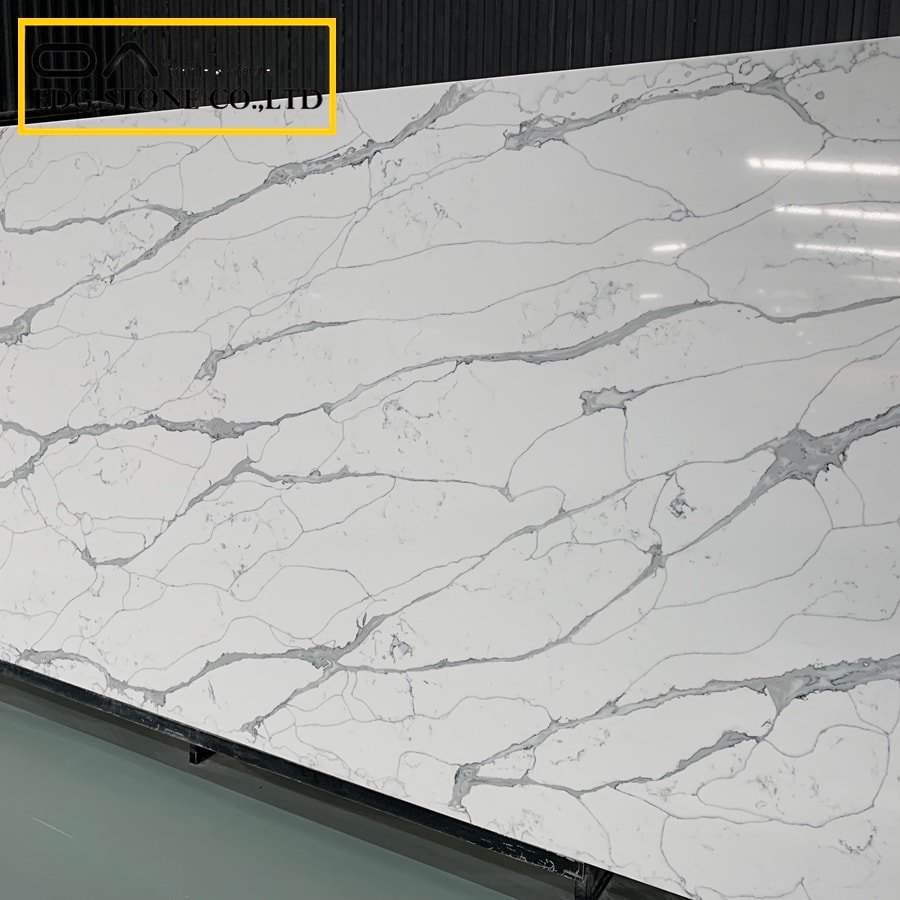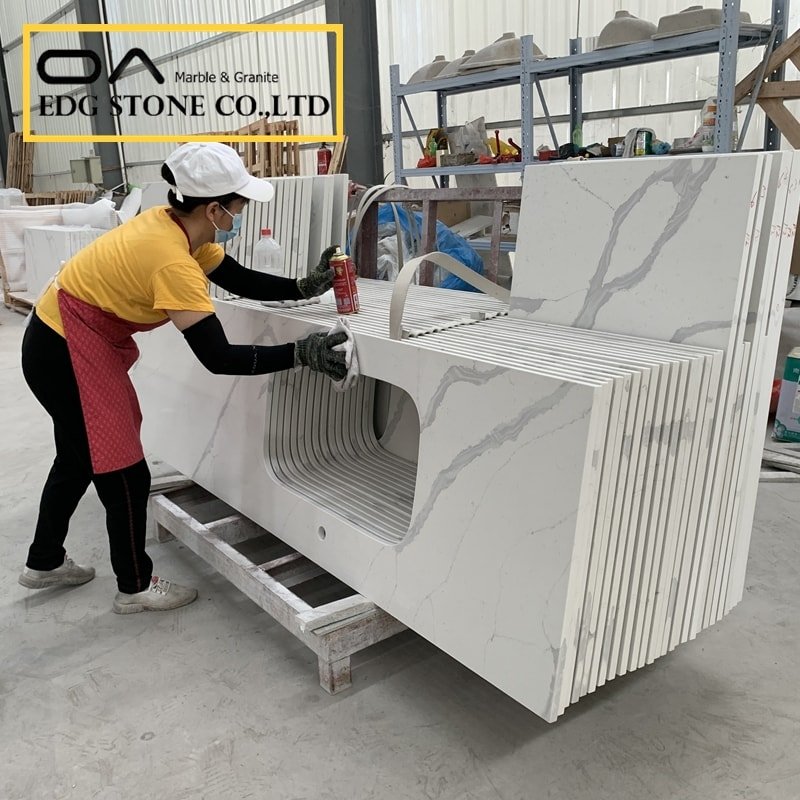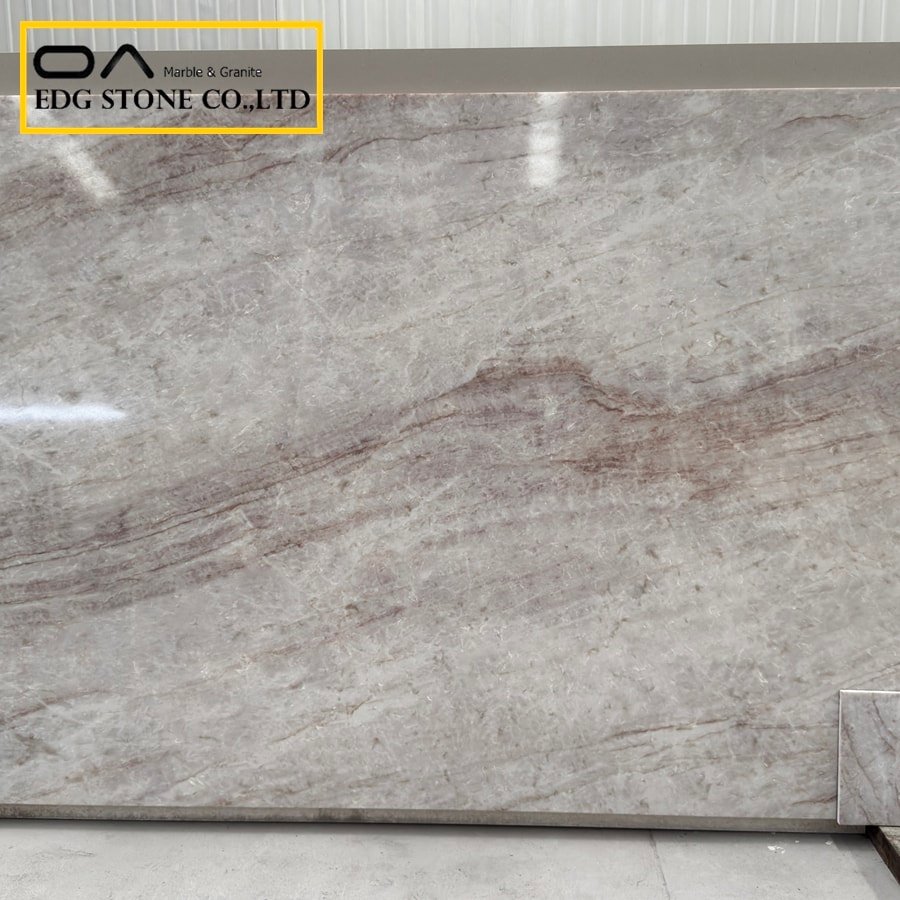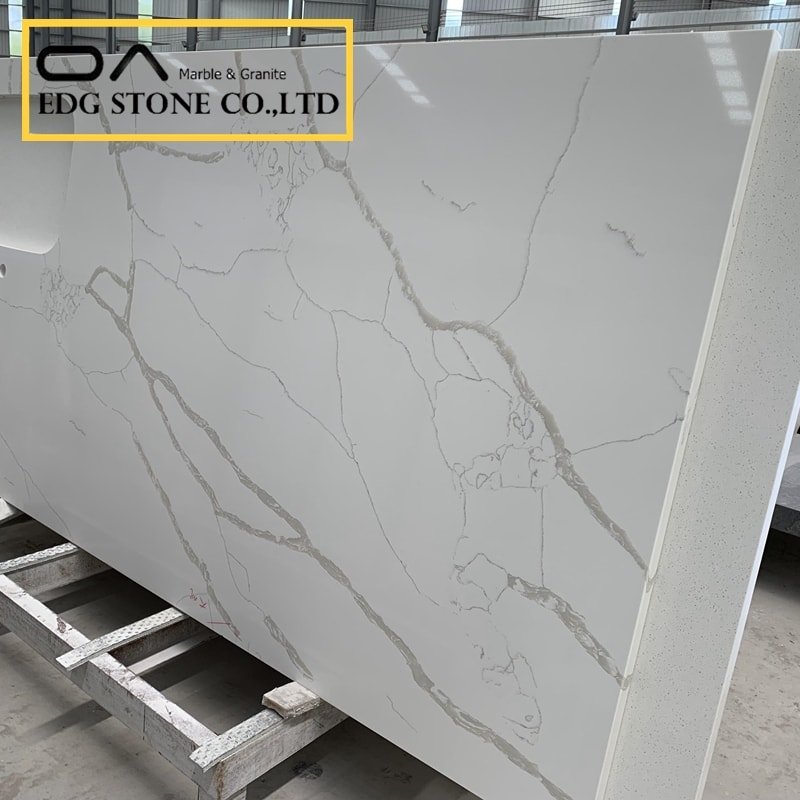After decades of the rapid development of quartz stone in our country, the proportion of quartz stone used in home decoration is now increasing, especially the use of cabinet countertops is the most common in home decoration. As a result, exposed problems have become more and more obvious. For example, explosion and partial discoloration have become the biggest problems bothering quartz stone manufacturers and industry professionals.
Quartz stone board is composed of more than 90% natural quartz, 7% resin, and other additives for adjusting bonding, coloring, curing agent, and so on. Artificial quartz stone is formed through negative pressure vacuum and high-frequency vibration, heated and solidified, its texture is hard, and its structure is compact. It has abrasion resistance (Mohs hardness above 6-7) and pressure resistance (density 2.3g) that other decorative materials cannot match. /Cubic centimeter), high-temperature resistance (temperature resistance of 300 ℃), corrosion resistance, anti-permeation does not contain any pollution sources and radiation sources, green and environmentally friendly artificial stone.
Many people here are wondering why quartz stone can withstand temperature up to 300°, why would the hot container be placed directly on the table to cause cracking and discoloration? Because of the 7% resin solvent in the raw material of the quartz stone slab mentioned above, the phenomenon of thermal expansion and contraction occurs easily when exposed to high temperatures. Due to sudden local heating, such as when the expansion joint is not reserved during the installation of the table, it is easy to crack or mark the bottom of the container. Discoloration.
In fact, this is also the physical property of quartz stone. Quartz stone is a brittle polymer composite material, which also has the characteristics of thermal expansion and contraction, and also has certain mechanical properties such as shrinkage stress, impact toughness, and elongation at break. When the material cannot withstand the internal stress caused by thermal expansion and contraction And cracking occurs when subjected to severe external impact.








